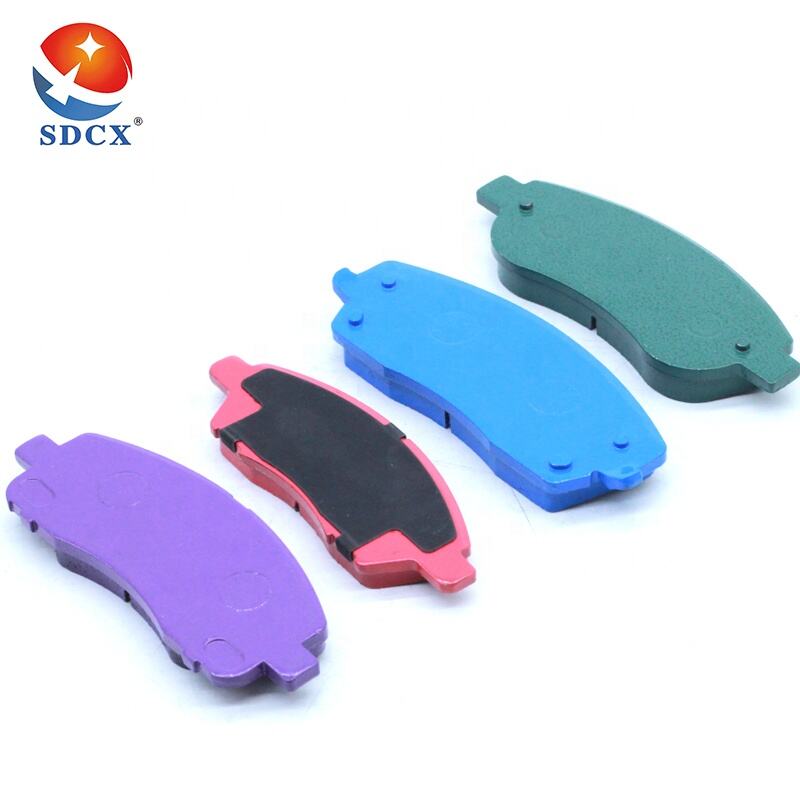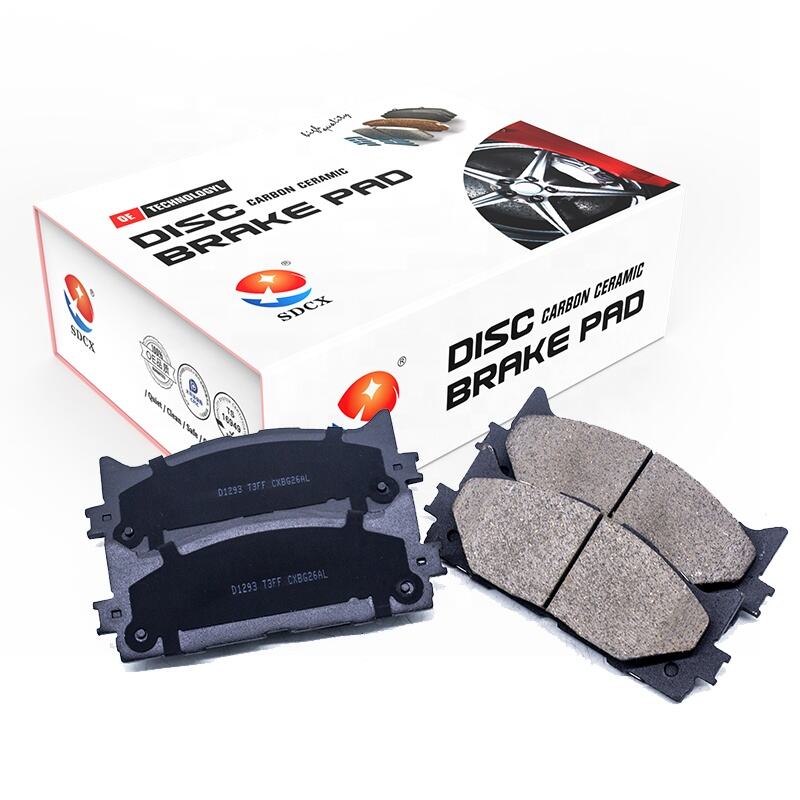brake pad on car
Brake pads are crucial components in a vehicle's braking system, serving as the primary friction material that enables effective stopping power. These engineered components consist of a steel backing plate with friction material bonded to the surface that contacts the brake rotor. When the driver applies pressure to the brake pedal, hydraulic force pushes the brake pads against the spinning rotor, creating friction that converts kinetic energy into heat, thus slowing or stopping the vehicle. Modern brake pads typically incorporate sophisticated composite materials, including metallic, ceramic, or organic compounds, each offering specific performance characteristics. These materials are carefully selected to provide optimal braking performance while considering factors such as heat dissipation, noise reduction, and durability. The design of brake pads also includes features like chamfers and slots that help reduce noise and improve heat dissipation. Advanced manufacturing processes ensure consistent quality and performance across various driving conditions, from everyday commuting to high-performance applications. The lifespan of brake pads varies depending on driving habits, environmental conditions, and the quality of the materials used, typically ranging from 30,000 to 70,000 miles.


